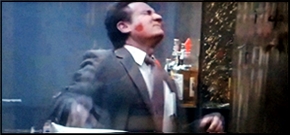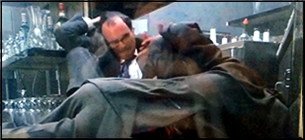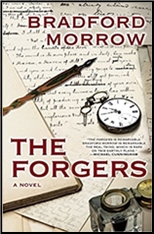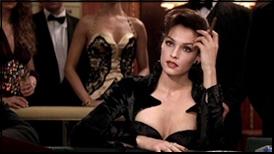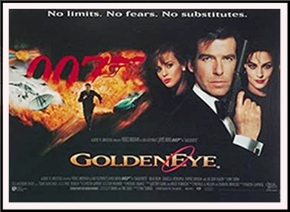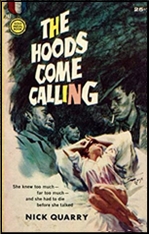Tue 8 Dec 2020
Diary Review: RAYMOND J. HEALY & J. FRANCIS McCOMAS, Editors – Famous Science-Fiction Stories: Adventures in Time And Space, Part 1.
Posted by Steve under Diary Reviews , Editors & Anthologies[6] Comments
RAYMOND J. HEALY & J. FRANCIS McCOMAS, Editors – Famous Science-Fiction Stories: Adventures in Time And Space. The Modern Library G-31; hardcover, 1957, xvi + 997 pages. First published as Adventures in Time in Space, Random House, hardcover, 1946. Bantam F3102, paperback, 1966, as Adventures in Time and Space (contains only 8 stories). Ballantine, paperback, 1975, also as Adventures in Time and Space.
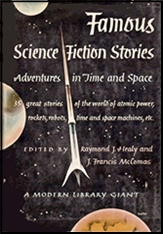
Thirty-three stories first published in the years 1934-1945, mostly from Astounding, plus two articles not reviewed below. Although these were originally chosen as “classics†in 1946, as a whole they have not aged well. That [I have rated] only a third as above average demonstrated this quite adequately.
The emphasis, as pointed out in the [book’s] introduction, is on science rather than fiction, and often it is only the obviously creative imagination of the author that saves an indifferently written story from disaster, Style is also important… Overall rating: 2½ stars.
NOTE: I read and reviewed all 33 stories. On this biog, I will post my comments in groups of three spread out over the next few months. This is Part One.
ROBERT A. HEINLEIN “Requiem.†A ‘Future History’ story. A softly sentimental story of a rocket pioneer’s first and only trip to the moon. Excellent is spite of an obvious plot. (5)
Update: Also part of Heinlein’s D. D. Harriman (“The Man Who Sold the Moonâ€) series. First published in Astounding SF, January 1940. First reprinted in this anthology. Collected in The Man Who Sold the Moon (Shasta, hardcover, 1950) and The Past Through Tomorrow (Putnam, hardcover, 1967).
DON A. STUART “Forgetfulness.†Novelette. Poetic story of the ultimate destiny of man – advanced, but unable to remember the steps of progress. The point is good, but the story does not seem to convey it well. (2)
Update: Don A. Stuart was the pen name of long time Astounding SF editor, John W. Campbell. First published in that magazine, June 1937. First collected in this anthology, then several times later, including Cities of Wonder, edited by Damon Knight (Doubleday, hardcover, 1966).
LESTER del REY “Nerves.†Novella. An atomic-power plant goes out of control, endangering the lives of all in the surrounding countryside. No doubt very exciting when it first appeared, the story no longer provides much punch. The characters are almost stereotypes today, especially the doctor-father image and his young assistant, who desires to become an atomic physicist. (2½)
Update: First published in Astounding SF, September 1942. First reprinted in this anthology. First collected in …And Some Were Human (Prime Press, hardcover, 1948). Expanded upon and published as a separate novel by Ballantine (paperback, 1956), with a slightly revised version appearing in its sixth printing, 1976.
TO BE CONTINUED…

